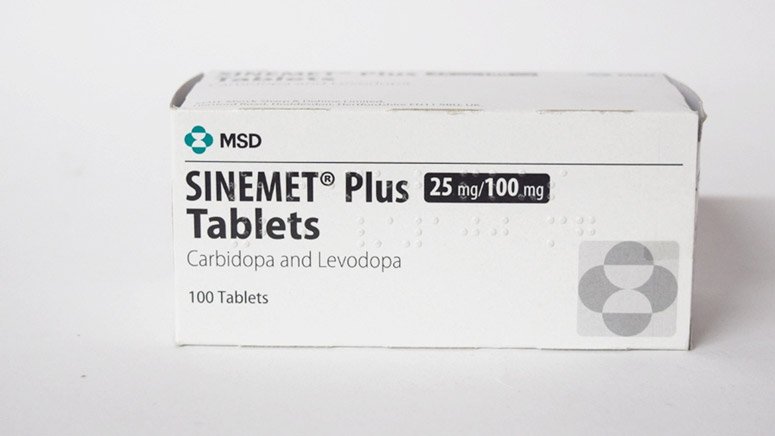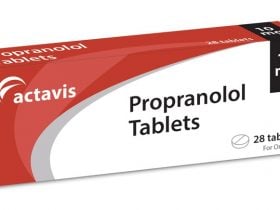Most common drugs for Parkinson’s disease
Sinemet® (levodopa/carbidopa)

Levodopa is also known as L-dopa. According to experts, it is the most popular and most potent drug for managing symptoms of Parkinson’s diseases, especially rigidity and bradykinesia. Levodopa is a chemical, naturally produced in the brain. When administered, it travels to the nerve cells in the brain that synthesize dopamine. The Levodopa changes to dopamine, and is used as a neurotransmitter by the nerve cells. Sinemet consists of carbidopa and levodopa. The latter moves into the brain and changes into dopamine while the former prevents or reduces any side effects of Levodopa, which include vomiting, frequent heart rhythm disturbances, and nausea. Doctors advise people to use Sinemet 30 minutes before or one hour after meals. Sinemet can be divided into two groups: immediate-release and controlled-release Sinemet. They are both equally potent in improving the symptoms of Parkinson’s disease. However, most patients prefer the controlled-release type. It would help to contact your doctor to lmao which type is good for you. Sinemet is the most potent drug and has few short-term side effects. It can lead to several long-term side effects, including uncontrollable movement (dyskinesia). If you use the medication for a long period, it may lead to confusion, restlessness, or strange movements. Your doctor may change the timing or quantity of the dose to prevent long-term side effects. Doctors also prescribe other medications, like dopamine agonists.













